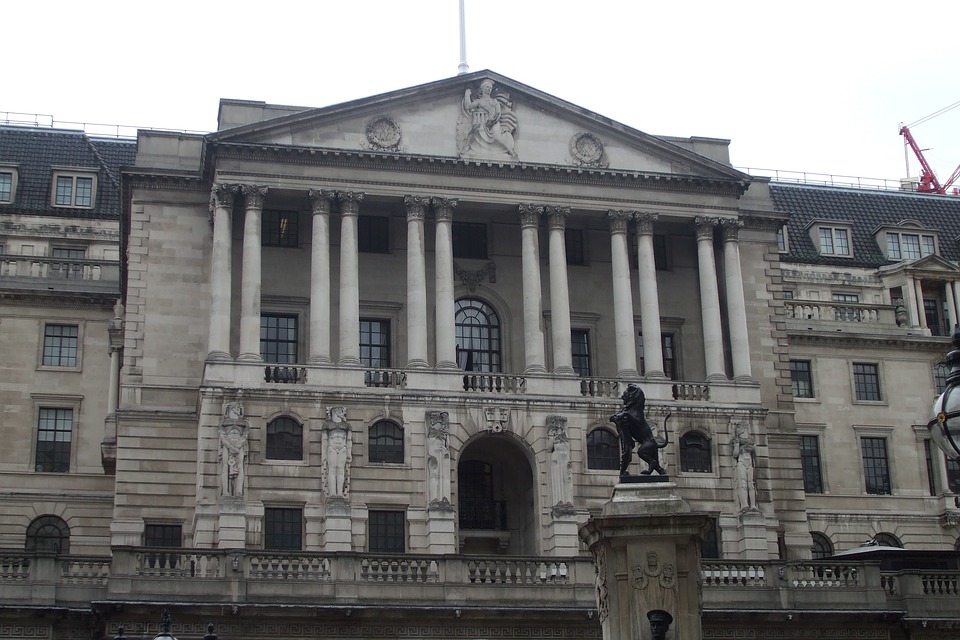Annual UK house price growth slowed during the summer, resulting in a 2% price increase in the year to June, a report from Nationwide has revealed.
The building society said that annual price growth, though continuing to remain positive, has slowed to a five-year low in June.
Nationwide reports that the price of the average UK home is now £214,745.
For the past 12 months annual house price growth has stayed within 2-3% range, suggesting little change in the balance between demand and supply during this period. The report goes on to say that more recently surveyors reported reduced numbers of new buyer enquires while the supply of houses being put on the market remains constant.
On a quarterly basis the only region to show accelerated annual house price growth was Scotland, with price growth there increasing from 0.2% to 3.1% annually in the first quarter, the report said.
Comparatively, London was the only region to show a decline in annual price growth relative to last year, with prices falling -1.9%. It should be noted that the capital’s house prices are still more than 50% higher than at their previous peak in 2007, while the national average house price is only 15% higher, the report said.
The building society’s chief economist, Robert Gardner, said that the future of the UK house market depends on the evolution of wider economic markets as well as interest rates: “Looking further ahead, much will depend on how broader economic conditions evolve, especially in the labour market, but also with respect to interest rates.
“Subdued economic activity and ongoing pressure on household budgets is likely to continue to exert a modest drag on house price growth and market activity this year, though borrowing costs are likely to remain low.”
“Overall, we continue to expect house prices to rise by around 1% over the course of 2018”.
Managing director of Garrington Property Finders, Jonathan Hopper, said: “British holidaymakers weren’t the only ones taking a break in August. On this evidence much of the property market was out of action too.”
The report questions to what extent Help to Buy (HTB) is affecting the UK housing market. In the 12 months up to March 2018, HTB equity loan completions increased 21% since last year and accounts for ~8% of total house purchase mortgages in England during this period, of which was most popular in North and East Midlands.
“It is unclear how much HTB activity represents additional demand and how much has simply replaced activity that would already have taken place. The scheme has, however, been a key source of demand for newly built homes in recent years. Indeed, HTB has accounted for more than a third (37% in the last 12 months) of new build completions in England. This is even higher in some regions, such as the North West, where HTB accounted for nearly half of new build purchases”, said the report.
The HTB scheme is scheduled to expire in April 2021, however, there is uncertainty around possible extensions or amendments to the scheme and its duration, said the report. Though the report notes that “[given the] long lead time on many housing developments and the political consensus on the need to increase housing supply, it suggests that the scheme will not come to an abrupt end.”
Source: Money Expert










